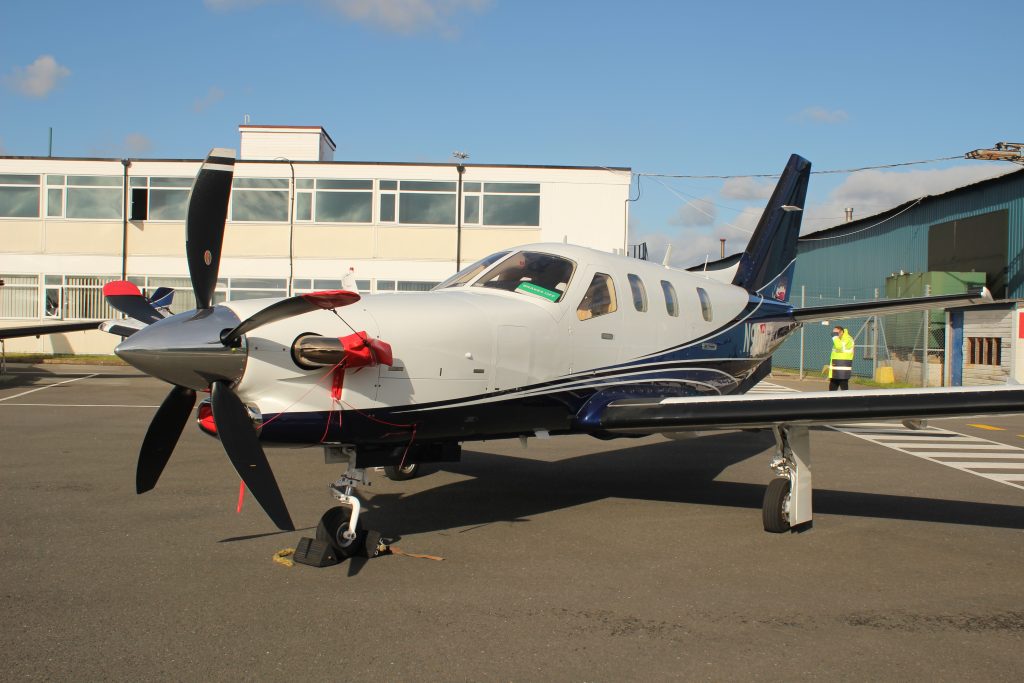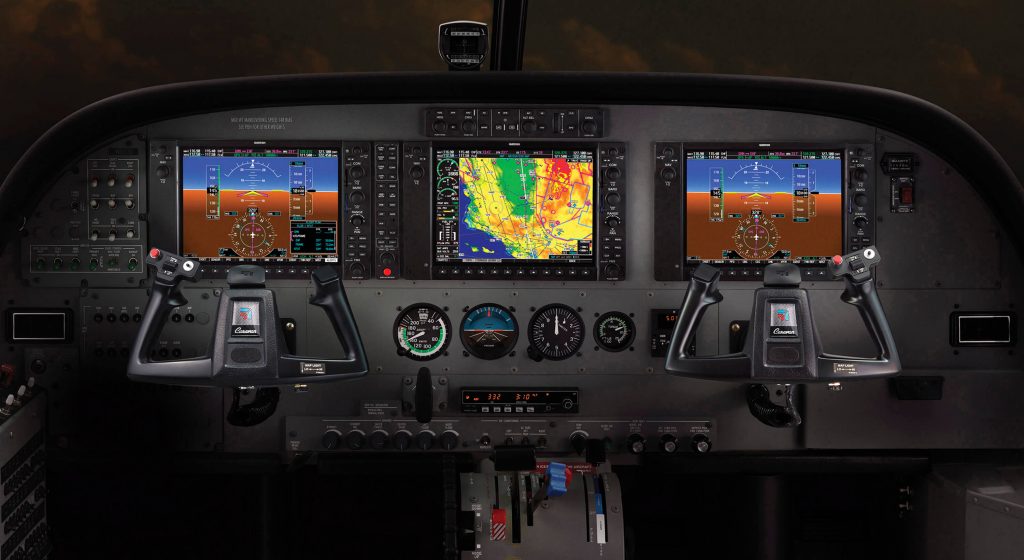As previously forecast in FTN, the European Commission has now published a new regulation allowing Commercial Air Transport (CAT) operations with single-engined turbine aeroplanes in Instrument Meteorological Conditions (IMC) or at night (known as CAT SET-IMC) in Europe. To assist in the implementation of the new rules, EASA have published the associated Acceptable Means of Compliance and Guidance Material (AMC/GM).

The new regulation, drafted by the European Aviation Safety Agency, establishes a framework for CAT SET-IMC operations applicable in 32 European states. It will enable the use of modern single engine ‘turbo prop’ aircraft for passenger-carrying operations. EASA say that it will also allow the development of new businesses based on opening new routes which can only be operated efficiently by single-engined turbine aeroplanes – in particular serving remote communities or allowing ‘short haul’ flights between smaller bases.

This is a significant development since several attempts in the past failed to amass sufficient consensus among EU states and comes more than 20 years after commercial ‘SET’ operations started in the USA, where SET aircraft are commonly used on night freight operations. The new EASA regulation sets down minimum pilot experience standards, including a stipulation that a pilot with a CPL (A) (aeroplane) can act as commander operating a single-engined aeroplane under IFR, provided he/she has a minimum of 700 hours of flight time on aeroplanes, including 400 hours as pilot-in-command. Those hours must include 100 hours under IFR. The 400 hours as pilot-in-command may be substituted by hours operating as co-pilot within an established multi-pilot crew system prescribed in the operations manual, on the basis of two hours of flight time as co-pilot for one hour of flight time as pilot-in command. These pilot experience requirements may open-up a route for Flight Instructors, for example, to progress more easily to commercial operations without having to comply with all of the requirements of an ATPL.







